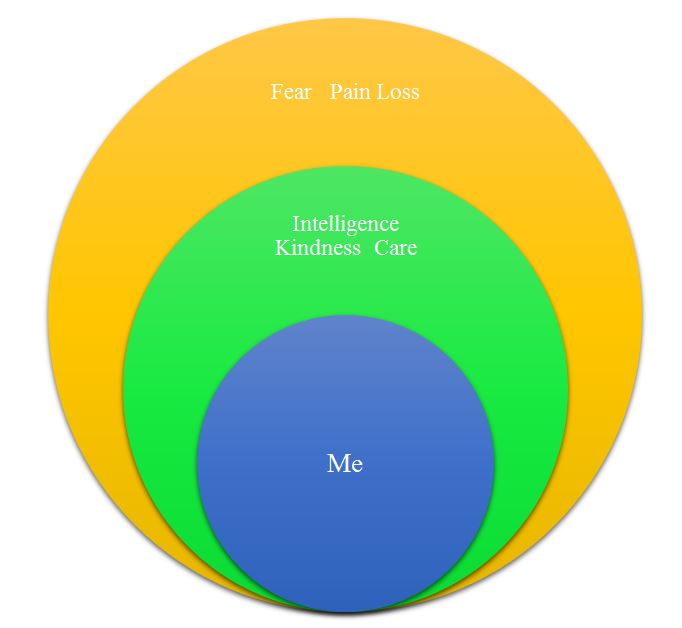How would you respond if a peer came to class clearly under the influence? What would you say/do?
A peer’s coming to class under the influence should be viewed as an extraordinary situation that should not be disregarded. In most cases, it might indicate severe psychological problems resulting in the development of dependence and substance abuse. For this reason, it is vital to focus on helping a person and supporting him/her. It is critical to start talking to him/her to ask whether some assistance is needed. It is vital for the peer to feel support and care from others. It is also possible to offer to address support groups to ensure a person can share his/her problems and feel better.
Where do you see a clear example of a strengths approach in this reading. Site the example.
The strengths approach implies focusing on individuals’ strengths that might help them to recover or cope with difficult situations. For instance, the main character of the story says, “In my life passage I have learned how and when to give thanks” (Nabigon, 2006, p. 20). It is an example of a strengths approach as it outlines the good aspects of a person that might help him/her to overcome challenges occurring on the way and recover. Moreover, it shows that all hardships experienced by the person helped him to understand the things that are important for individuals and make them his major strengths.
What is your interpretation of the loon story?
The loon story can symbolize the importance of support and love. The broken spirit, inability to believe in own forces, and lack of true friends might have a pernicious impact on an individual and make him/her live in a toxic environment. However, the story shows that communication with others, their understanding of the problem, and readiness to help are fundamental for cultivating a new perspective, love for oneself, and reconsideration of all patterns that might prevent individuals from being happy. In such a way, the loon story helps to understand that change is possible, but it is vital to be supported and loved.
What are your thoughts on the 5 little rascals?
The concept of five little rascals introduces human weaknesses such as inferiority, envy, resentment, not caring, and jealousy (Nabigon, 2006). Dealing with these aspects is critical for understanding how to grow and avoid adverse outcomes. This idea is essential for understanding that every individual might have his/her own little rascals impacting his/her life. For this reason, it is vital to learn how to deal with them and avoid the fear of facing them. No one is perfect, and that is why working with these issues is central to self-growth and personal development.
What does the Oyster totem remind you of/about?
The idea of the Oyster totem introduced in the story reminds readers of the ideas of acceptance and transformation. Similar to the oyster, which cannot remove a grain of sand that irritates it, a person should recognize the problem or factor that makes his/her life more difficult. Moreover, it is possible to start working on it and acquire a positive result, the same as the precious jewel that emerges from the grain. In such a way, the idea of the oyster totem is similar to self-improvement and development ideas. Individuals should be ready to work hard to transform their problems.
Create a visual for The Hub – create whatever you want to represent this model. Include a statement related to how you see it being beneficial or ineffective or both depending on how you views things.
S

N
The model can be beneficial as it might help to look at problematic and beneficial things from a new perspective and understand how it is possible to find a balance. For instance, placing the positive aspects within the closer circle visualizes them and shows that a person can rely on them. At the same time, the negative or undesired elements are placed in the outer circle, meaning that they should not be close to a person’s core, and it is vital to avoid considering them a part of an individual’s nature.
Reference
Nabigon, H. (2006). The hollow tree: Fighting addiction with traditional native healing. McGill-Queen’s University Press.